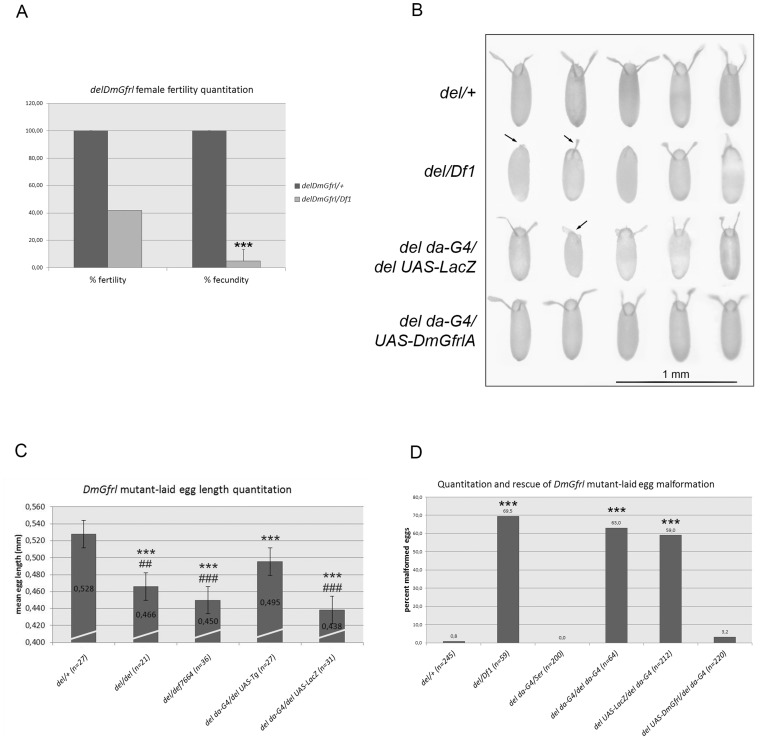Figure 7. Quantitation of DmGfrl null female fertility and oogenesis phenotype.
(A) delDmGfrl females displayed markedly reduced fertility. The absolute fertility of delDmGfrl/Df1 transheterozygous females was reduced by ∼60% as compared to heterozygous control females. Their fecundity (measured as the average number of progeny produced by individual females in a given time) was reduced to ∼10% of the fecundity of control females. (B) Morphology of eggs laid by control, delDmGfrl and rescue females. Uppermost row shows the morphology of heterozygous (delDemGfl/+) control eggs. Second row exemplifies the morphology of eggs laid by DmGfrl null females (delDmGfrl/Df1). The eggs were small and often translucent (not visible in this image), and ∼60% of them display lack of or abnormal dorsal appendages (arrows). LacZ transgene under the daughterless (da) driver (3rd row) did not rescue the egg morphology, whereas eggs laid by females expressing the DmGfrl transgene under the da driver in DmGfrl null background (4th row) were almost fully wild-type by appearance. (C) Quantitation of the size of eggs laid by control, delDmGfrl and rescue females. Average egg length was reduced from 0.528 mm in heterozygous control eggs (female genotype delDmGfrl/+) to 0.466 mm in eggs laid by homozygous delDmGfrl/delDmGfrl females and to 0.450 mm in eggs laid by delDmGfrl/Df1 females (1st to 3rd bars). DmGfrl transgene (UAS-Tg), but not LacZ transgene (UAS-LacZ), partially rescued the dumpless-like phenotype (4th and 5th bars). Statistical significance from Tukey’s post hoc test after one-way ANOVA are shown with asterisk (*) with respect to the del/+ genotype and hash (#) with respect to the transgene rescue genotype (del da-G4/del UAS-DmGfrl). (D) Quantitation and rescue of the malformed egg phenotype. The percentage of malformed eggs laid by DmGfrl null females, displaying either dumpless-like phenotype or malformed dorsal appendages or both, was ∼60–70% depending on the genetic background (2nd, 4th and 5th bars). Expression of DmGfrl under the da-GAL4 driver diminished the percentage of malformed eggs from 63% (driver only, 4th bar) to ∼3% (driver and transgene, 6th bar). Expression of LacZ transgene in the same background did not rescue the egg phenotype (59%, 5th bar). Asterisk (*) represent statistical significance obtained from Dunn’s post hoc test after non-parametric Kruskal-Wallis ANOVA with respect to the del/+ genotype. The error bars represent standard deviation in graphs A, C, and D. Two asterisks correspond to p-values of <0.01 and three asterisk to p-values of <0.001.

